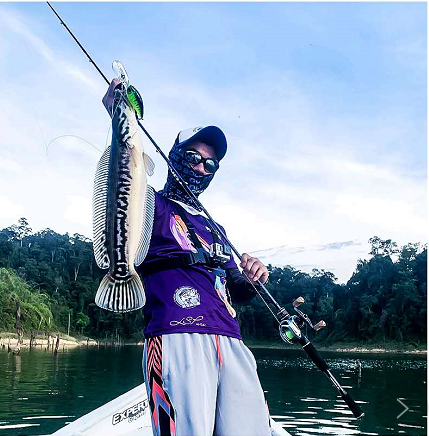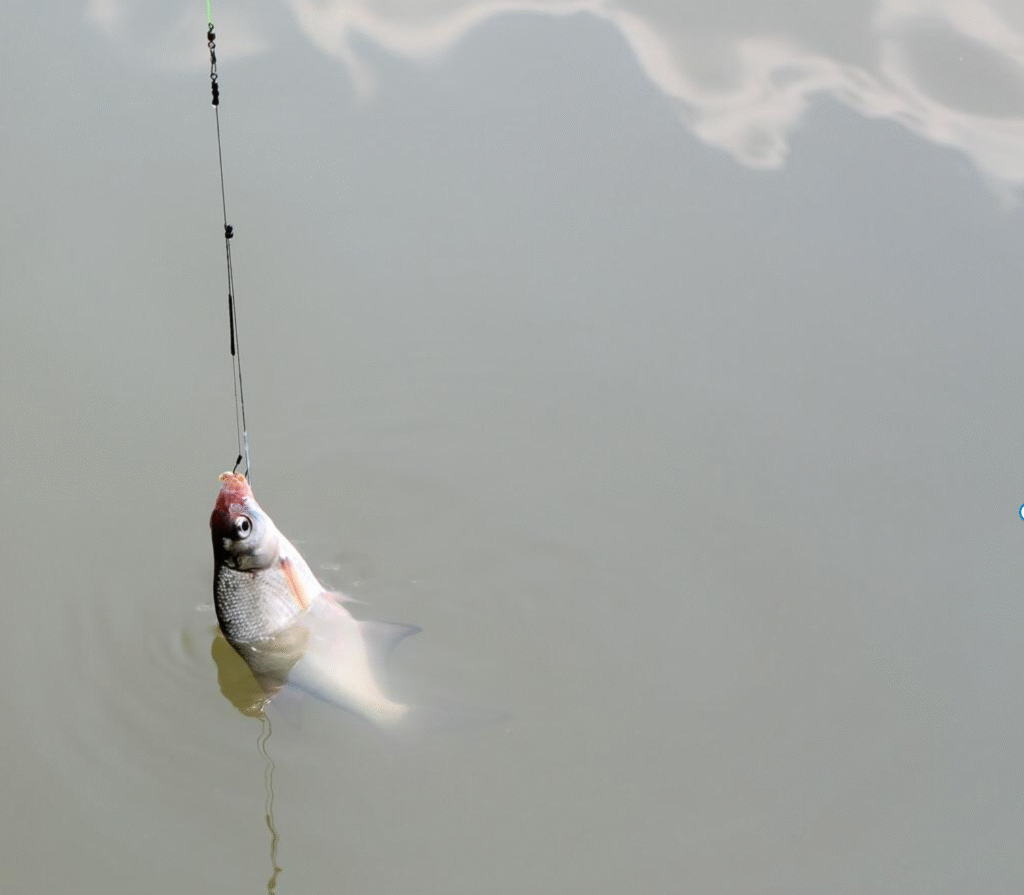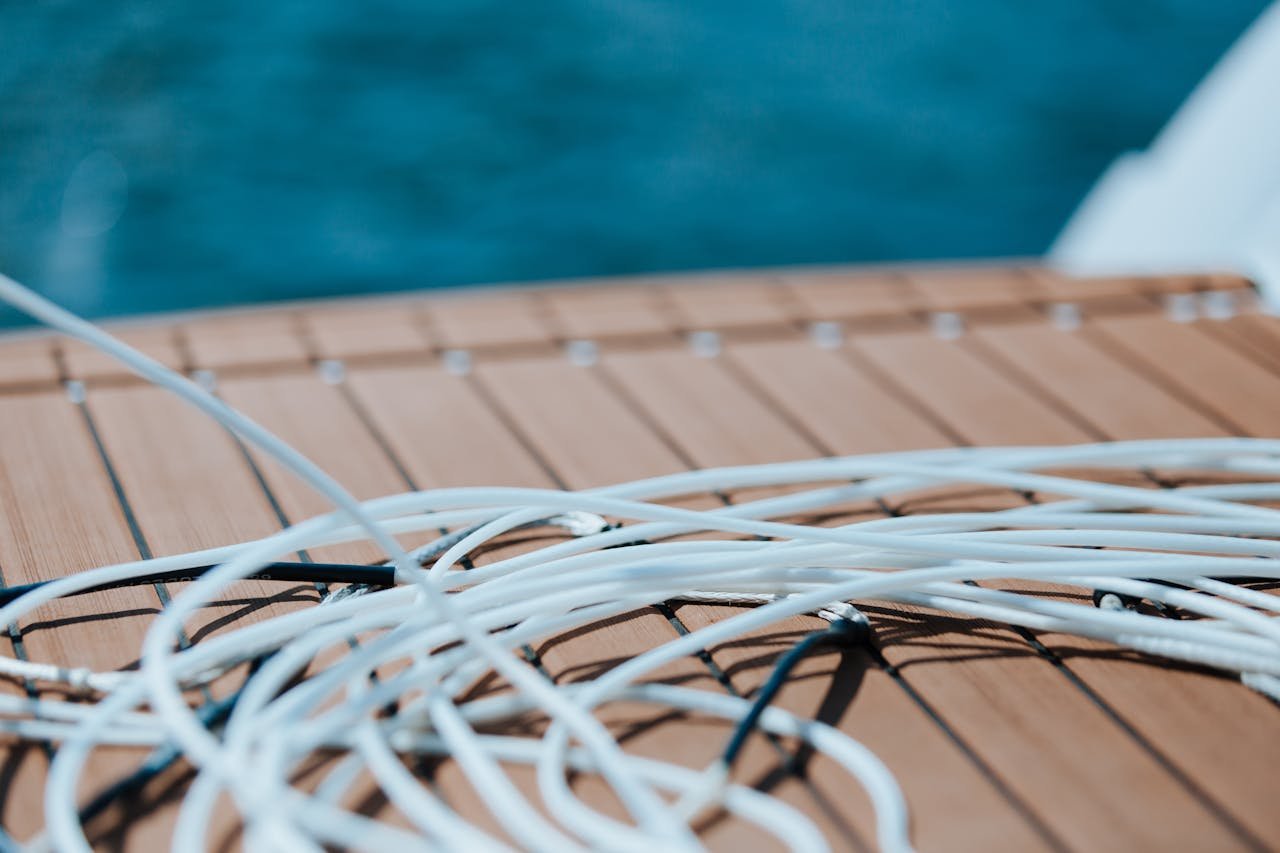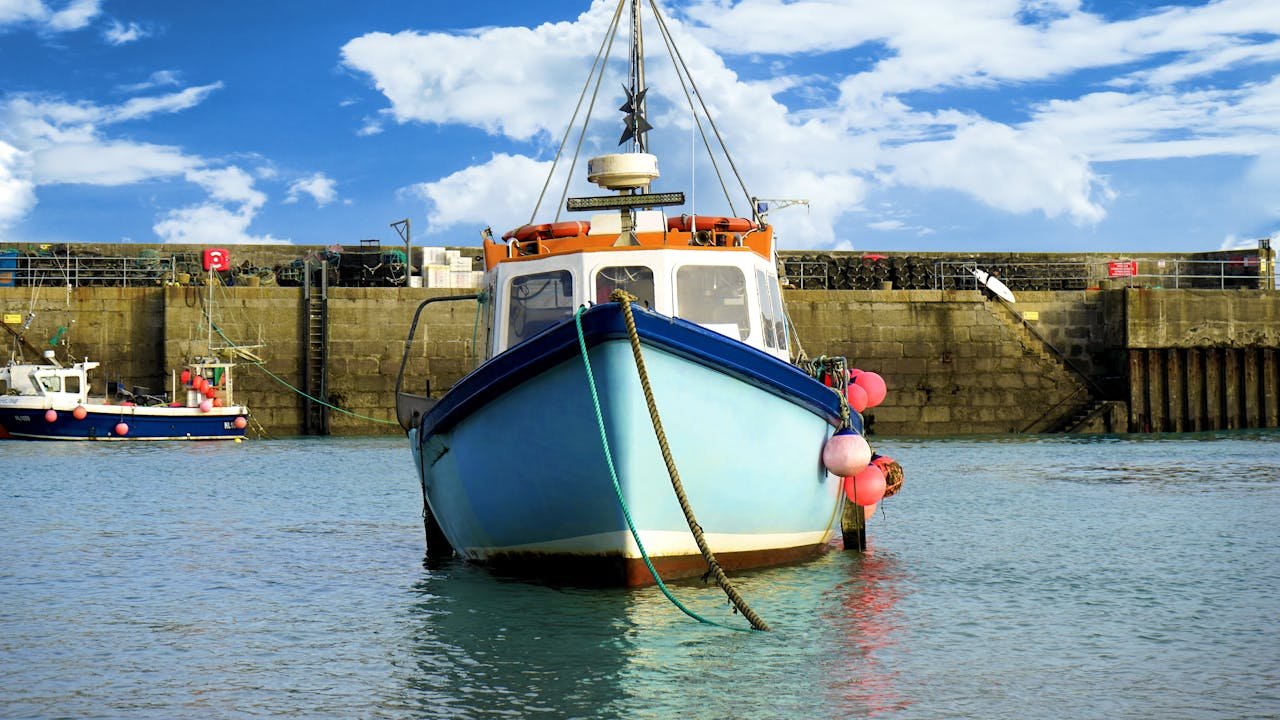Nowadays, more and more people are fond of fishing, and many anglers are starting to choose lure fishing over traditional Taiwanese fishing. Lure fishing is elegant, environmentally friendly, and simple, which are characteristics that Taiwanese fishing does not possess. So today, let’s talk about the characteristics of Taiwanese fishing and its differences from lure fishing!
The Characteristics of Taiwanese Fishing and Its Differences from Lure Fishing
Taiwanese fishing, namely Taiwanese angling techniques, can be divided into recreational fishing and competitive fishing. Taiwanese fishing is characterized by high sensitivity, strong concealment, and great allure to target fish.
However, Taiwanese fishing has certain limitations. It is only suitable for fishing high-density small fish in aquaculture ponds, ponds, and other similar locations, and is not suitable for fishing in natural waters or under adverse weather conditions. Additionally, Taiwanese fishing requires baiting the nest, which is not environmentally friendly as it can generate waste and pollute water quality.

Compared to Taiwanese fishing, lure fishing has no time restrictions and can be practiced day or night, with anglers freely casting their rods at will. Taiwanese fishing, however, requires setting up on relatively flat land, and the longest rods used in this method can only reach a control range of about 20 meters, making hand rods in Taiwanese fishing quite limited in application.
In contrast to Taiwanese fishing, lure fishing is environmentally friendly, pollution-free, and eliminates the need for baiting a nest. It is also highly portable. The angler’s operation involves repeated casting and line retrieval, making it a healthy and elegant sport.

The Advantages of Lure Fishing
Wide Casting Range: Lure fishing focuses on casting distance. With a selected target point, anglers can cast from a few meters to dozens or even hundreds of meters away to target specific areas. The longest rods in Taiwanese fishing are only effective within about 20 meters, making hand rods less suitable for large water bodies or mid-water fishing.
Convenient Portability: Lure fishing gear is easy to carry and can be used immediately. Compared to Taiwanese fishing, it eliminates the hassle of carrying large bags and the tedious setup of tying hooks and adjusting floats.
Environmental Friendliness: Lure fishing does not cause any water pollution, making it highly protective of the environment. In contrast, Taiwanese fishing requires baiting the nest with bait, which naturally degrades water quality.
Full-Body Exercise: Lure fishing is a full-body sport, offering a better workout compared to the partial-body movements involved in Taiwanese fishing. If you want to lose weight while enjoying fishing, lure fishing is an excellent choice.
Active and Aggressive Approach: Lure fishing is an active, aggressive fishing method, making it more dynamic and interesting than Taiwanese fishing, which relies on casting bait and waiting for bites.
No Time or Geographical Limitations: Lure fishing can be practiced anytime and anywhere, day or night, with anglers freely casting their rods. Taiwanese fishing, however, requires flat shorelines for setup and often needs heavy batteries for night fishing, limiting its flexibility.

With the progress and development of the times, anglers also need to improve their fishing methods to keep up with the trend of the times. A group of lure fishing enthusiasts has emerged in China, and lure fishing has gradually taken root in the hearts of anglers, who have discovered the advantages and fun of this fishing method.



